Auschwitz, Poland
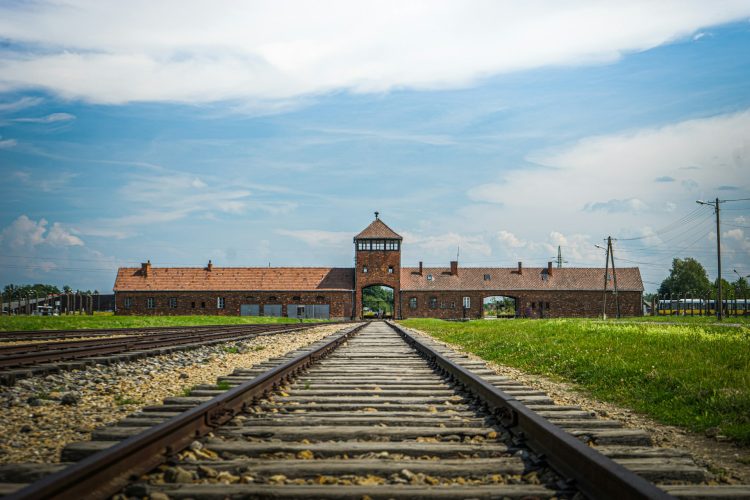
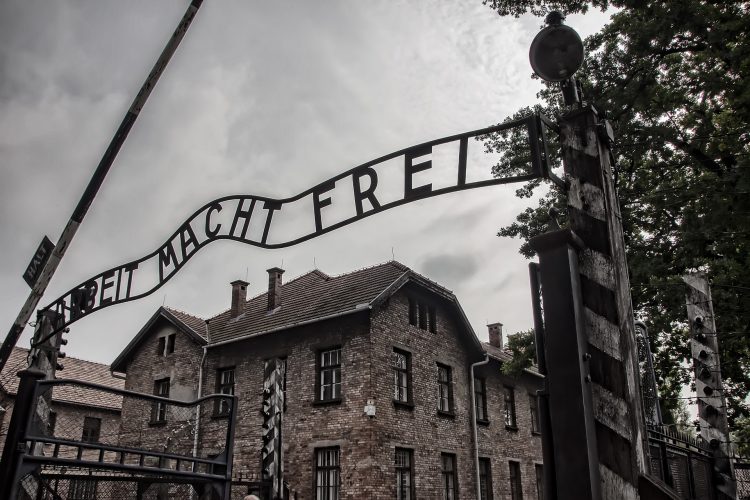
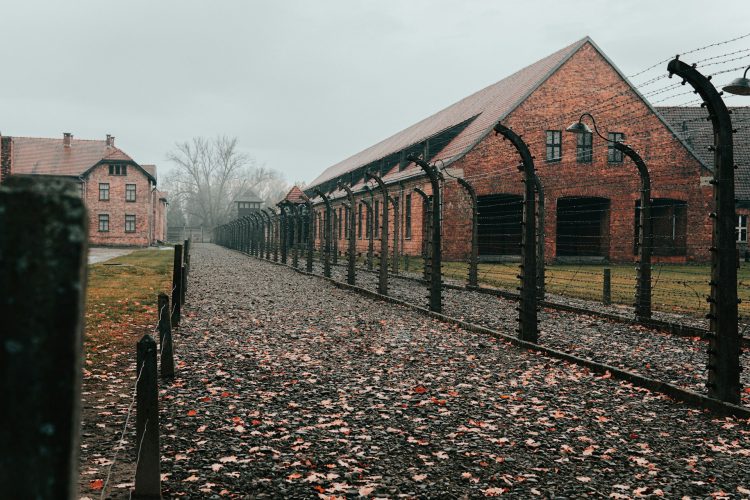
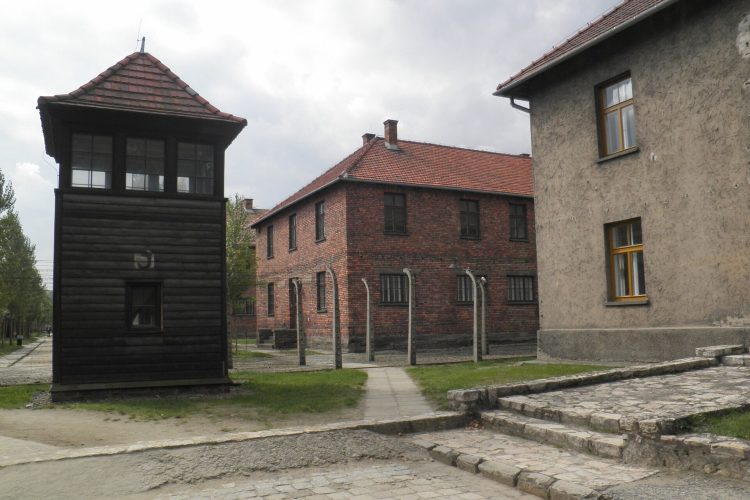
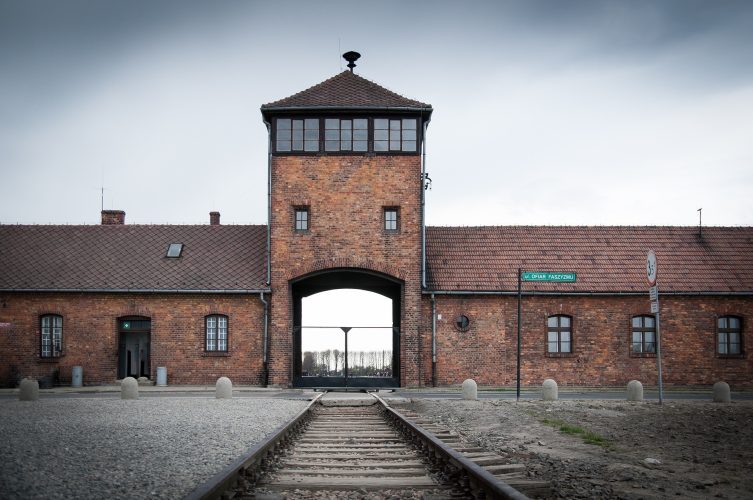
At a glance
Auschwitz, the largest Nazi concentration camp, now stands as a memorial and museum, offering insights into the atrocities of the Holocaust.
Tickets
Visiting Auschwitz is free of charge, with the exception of organized tours, for which a fee applies. All visitors must reserve an entry pass in advance.
Transport links
The preferred method of reaching Auschwitz is by taking a bus from Krakow, with the journey typically lasting around 1 hour. Alternatively, many tourists opt for organized tours of Auschwitz, which often include transportation.
For those traveling by air, Krakow Airport serves as the nearest airport to Oświęcim, located approximately 55 kilometers to the east.
Auschwitz is situated in Oświęcim, a small town in Poland. The town has a train station, with trains running every few hours to Krakow.
You can drive to Auschwitz from Krakow, which is approximately an hour away by car, and parking facilities are available at the site.
Where to Stay
Situated between Katowice and Krakow, both cities allow for day trips to Auschwitz. Visitors often choose Krakow for its tourist amenities and proximity to the memorial site, with most journey options under 90 minutes.
Overview

Auschwitz II Birkenau
Serving as the primary camp, Auschwitz I held thousands of prisoners and served as the administrative nerve center for the SS. It remains a chilling reminder of the bureaucratic machinery behind the Holocaust.

Auschwitz I
Auschwitz I held thousands of prisoners and served as the administrative nerve center for the SS. It remains a chilling reminder of the bureaucratic machinery behind the Holocaust.

Auschwitz III Monowitz
Often overlooked, Monowitz served as a labor camp during the war, where prisoners toiled under brutal conditions. Exploring this lesser-known site sheds light on the extensive network of exploitation that sustained the Nazi war effort.
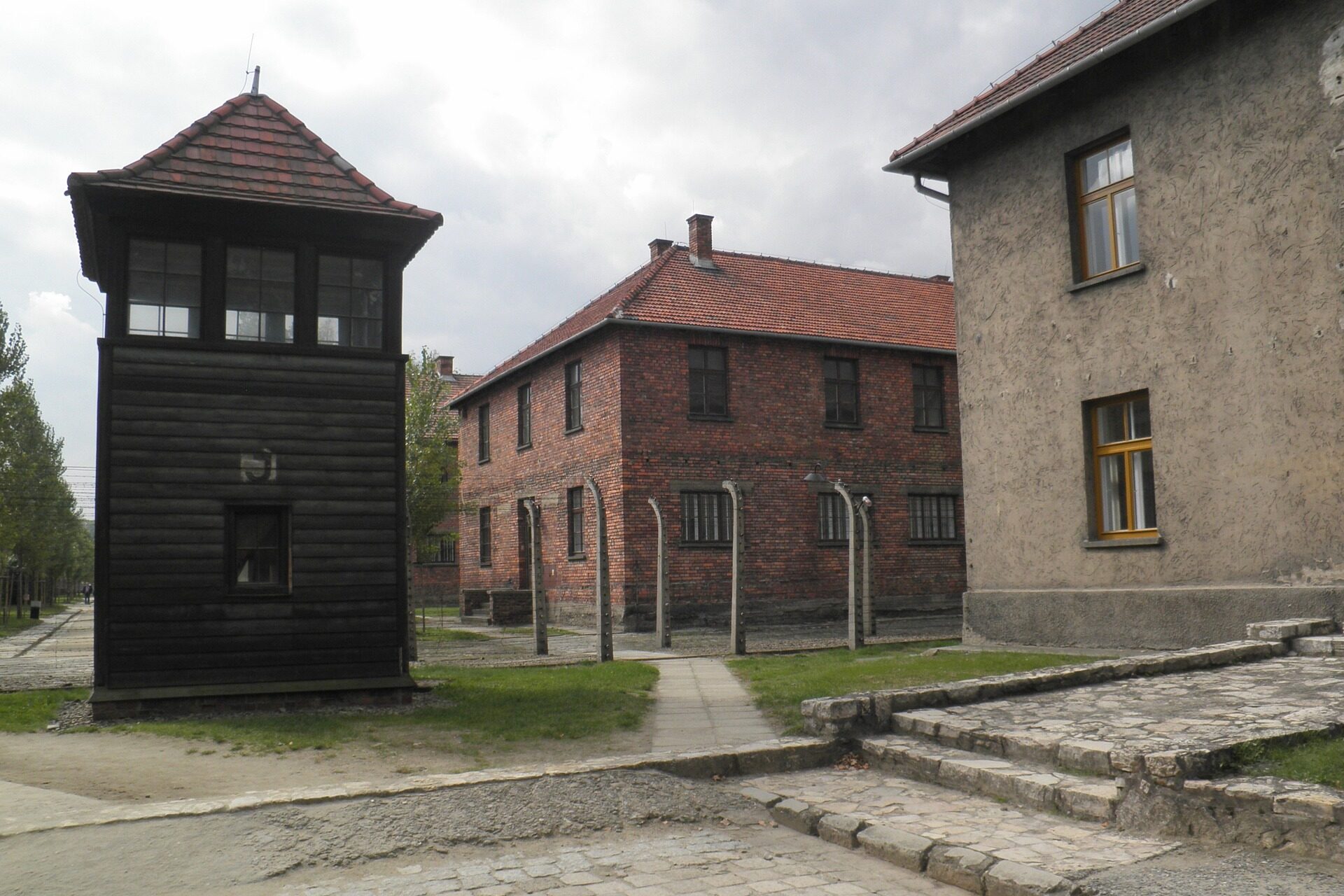
The Watchtowers
The watchtowers of Birkenau stand as silent sentinels, bearing witness to the atrocities that unfolded within the camp.
Things To Know
1.
Respectful Remembrance
Given the solemn nature of Auschwitz as a site of immense tragedy, visitors are urged to approach it with the utmost respect. This is not merely a tourist attraction but a memorial and museum honoring the lives lost.
2.
To Tour or Not to Tour?
While guided tours offer valuable insights into the history of Auschwitz, they are not mandatory. Visitors are free to explore the grounds independently, but those seeking a deeper understanding may find a guided tour beneficial.
3.
Optimal Duration
To fully grasp the significance of Auschwitz, it’s recommended to allocate approximately 3 hours for the visit. This allows ample time to navigate the grounds and absorb the historical context of the site.
4.
Booking Essentials
Advance booking is mandatory for entry to Auschwitz; visitors cannot simply arrive at the site without a pre-booked entrance pass.
5.
Paid Public Facilities
While facilities such as restrooms are available within Auschwitz, visitors should be aware that they are not free of charge. It’s advisable to carry coins for restroom access.
